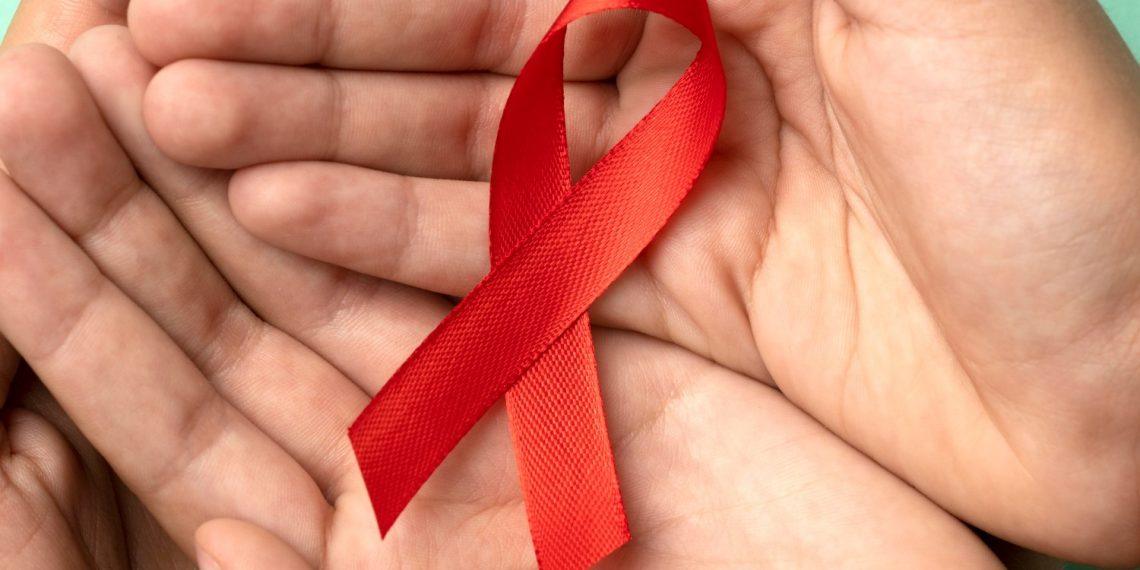Hereditary leukemia begins with a question that touches the heart of every family: can this blood cancer really run in our genes? You’re not alone if you’ve searched for answers, weighed your family history, or wondered whether there’s anything you can do to protect yourself or loved ones.
Contents
- 1. What Does “Hereditary Leukemia” Really Mean?
- 2. The Genetic Culprits: RUNX1, CEBPA, and Friends
- 3. Signs You Might Carry a Hereditary Leukemia Risk
- 4. Genetic Counseling: The First Line of Defense
- 5. Proactive Steps for Those at Risk
- 6. Real‑Life Stories: Courage in the Face of Genetics
- 7. When Heredity Isn’t the Whole Story
- The Bottom Line
1. What Does “Hereditary Leukemia” Really Mean?
When we talk about hereditary leukemia, we’re referring to cases where specific gene mutations are passed from parent to child, raising that child’s lifetime risk. It’s crucial to distinguish:
-
Inherited mutations (germline) are present in every cell from birth.
-
Acquired mutations happen during life, often due to environmental factors.
While the majority of leukemia cases arise from acquired mutations, a small subset of families carry germline changes—like mutations in RUNX1, CEBPA, and other cancer‑related genes—that significantly increase risk.
Key Takeaway: Hereditary leukemia is rare—but possible—and it’s defined by germline mutations passed down through generations.
2. The Genetic Culprits: RUNX1, CEBPA, and Friends
RUNX1-Related Familial AML
-
RUNX1 mutations were the first linked to familial acute myeloid leukemia (AML).
-
Carriers face a lifetime AML risk as high as 40–50%.
-
Genetic counseling and early monitoring can detect blood count changes years before symptoms.
CEBPA and Familial AML
-
CEBPA mutations define another familial AML subtype.
-
Patients often present younger and may have better relapse‑free survival but still need vigilant follow‑up.
Other Germline Syndromes
-
Li‑Fraumeni syndrome: TP53 mutations elevate risk for various cancers, including leukemia.
-
Fanconi anemia: DNA repair defects lead to bone marrow failure and high leukemia risk.
-
Down syndrome: Trisomy 21 ups risk for acute lymphoblastic leukemia (ALL) by 10- to 20-fold.
Actionable Tip: If multiple blood cancers appear in your family, ask your doctor about germline genetic testing for these key genes.
3. Signs You Might Carry a Hereditary Leukemia Risk
-
Family history of AML, ALL, or related blood disorders before age 50.
-
Unexplained hematologic findings (mild anemia or thrombocytopenia) in relatives.
-
Early‑onset solid tumors plus blood cancers (suggesting syndromes like Li‑Fraumeni).
Bold monitoring of complete blood counts (CBCs) and routine follow‑up can catch early signs—such as rising white cell counts—allowing for preemptive interventions.
4. Genetic Counseling: The First Line of Defense
What to Expect in a Session
-
Pedigree review: Charting three generations of family cancer history.
-
Risk assessment: Calculating your estimated hereditary leukemia risk.
-
Testing discussion: Pros and cons of germline gene panels versus single‑gene tests.
Emotional and Practical Benefits
-
Clarity: Understanding your risks reduces fear of the unknown.
-
Planning: You can schedule tailored surveillance (e.g., blood work every 6 months).
-
Support: Access to specialized resources, support groups, and psychological counseling.
Insider Insight: Most health‑insurance plans now cover genetic counseling when there’s a relevant family history.
5. Proactive Steps for Those at Risk
-
Regular Blood Tests
-
CBC every 6–12 months starting at age 20 (or 10 years before the youngest family diagnosis).
-
-
Bone Marrow Monitoring
-
Consider annual marrow biopsies if blood counts show subtle changes.
-
-
Lifestyle Adjustments
-
Avoid benzene and other toxins; stop smoking; limit radiation exposure.
-
-
Clinical Trials
-
Early‑intervention studies for high‑risk germline carriers may offer novel therapies.
-
6. Real‑Life Stories: Courage in the Face of Genetics
-
The Johnson Family: Two siblings carried a RUNX1 mutation. Through early screening, they detected pre‑leukemic changes in one sister and started targeted therapy years before full‑blown AML developed.
-
Mark’s Journey: After a CEBPA mutation was found, he joined a prophylactic trial testing low‑dose azacitidine—delaying leukemia onset and giving him peace of mind.
What You Can Learn from Them
-
Early detection matters.
-
Proactive trials work.
-
You’re not alone—networks connect you with others on this journey.
7. When Heredity Isn’t the Whole Story
Even without known germline mutations, you can face leukemia. Many cases are driven by acquired changes from:
-
Environmental exposures (chemicals, radiation).
-
Viral infections (HTLV‑1 in certain populations).
-
Age‑related genomic changes in blood stem cells.
Staying informed about non‑hereditary risks ensures you take a comprehensive approach to leukemia prevention.
The Bottom Line
Understanding hereditary leukemia isn’t about fearing your genes—it’s about empowering yourself with knowledge, early action, and the right support. Armed with genetic counseling, personalized monitoring, and lifestyle vigilance, you can significantly tilt the odds in your favor.
Your Next Step: Talk to your primary care physician or a genetic counselor about your family history today.
Every discovery, every early test, and every step you take in understanding your risk is a victory for your health and for future generations.
Get Your FREE Natural Health Guide!
Subscribe now and receive our exclusive ebook packed with natural health tips, practical wellness advice, and easy lifestyle changes — delivered straight to your inbox.














